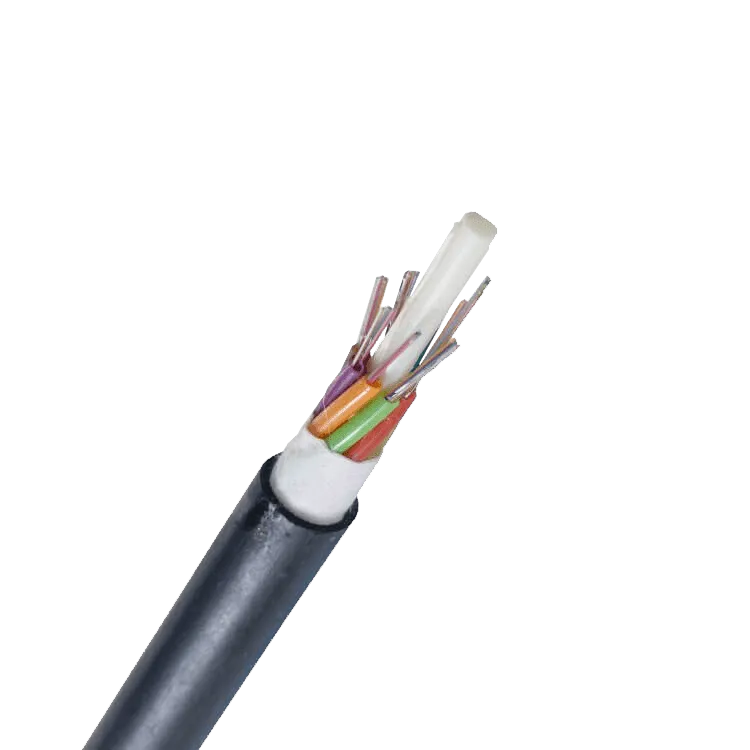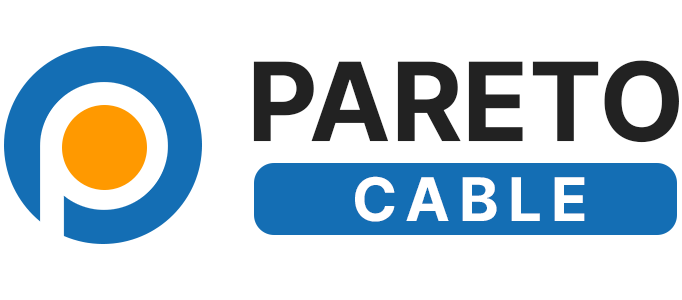Introduction to Duct Fiber Optic Cables
Duct fiber optic cables have become an essential part of modern communication infrastructure, providing a reliable and high-speed solution for data transmission across vast distances. These cables are specifically designed to be installed in underground or above-ground ducts, offering protection against physical damage, environmental factors, and other external threats. Due to their durability, flexibility, and exceptional performance in transmitting data, duct fiber optic cables are widely used in a variety of applications, including telecommunications, broadband networks, and data centers.

How Duct Fiber Optic Cables Work
At the core of duct fiber optic cables is a set of glass or plastic fibers that are used to carry light signals, which represent data. These fibers are surrounded by a protective cladding that reflects light back into the core through the principle of total internal reflection, allowing the signal to travel long distances without significant attenuation or distortion. To further protect the fiber strands, the entire cable is housed in a duct—a pathway that acts as a shield against physical damage, water, and extreme weather conditions.
The ducts are typically made from durable materials such as PVC or HDPE, which provide both flexibility and strength. This makes the ducts suitable for installation in various environments, from dense urban areas to rural and remote locations. Duct fiber optic cables can be easily upgraded or repaired by accessing the ducts, making them a more flexible and cost-effective option than cables that are directly buried in the ground.
Benefits of Duct Fiber Optic Cables
- Enhanced Protection: The duct offers protection against environmental factors such as moisture, temperature fluctuations, and physical damage. This leads to a longer lifespan for the cables, reducing the need for frequent maintenance or replacements.
- High-Speed Data Transfer: Duct fiber optic cables are capable of transmitting large volumes of data at very high speeds, making them ideal for applications that require high bandwidth, such as internet services, cloud computing, and video conferencing.
- Ease of Installation and Upgrades: Installing fiber optic cables within ducts is much easier than direct burial methods, as it minimizes disruption to existing infrastructure. Additionally, ducts allow for the easy addition or removal of cables as network requirements evolve.
- Cost-Effective Maintenance: Duct fiber optic cables are easier to maintain and repair due to their accessibility in ducts. In the event of a cable failure or required upgrades, technicians can quickly access the cables without needing to excavate large areas, which results in cost savings.
Applications of Duct Fiber Optic Cables
Duct fiber optic cables are widely used across multiple sectors:
- Telecommunications: They form the backbone of high-speed internet networks, supporting data transfer for millions of users.
- Data Centers: These cables connect servers and storage systems, facilitating fast and efficient data exchange.
- Smart Cities and Industrial Networks: Duct fiber optic cables support advanced communication systems that power smart infrastructure, such as traffic monitoring, security systems, and IoT applications.
- Military and Defense: The secure and reliable transmission capabilities of fiber optics are crucial for military communication systems.
Conclusion
Duct fiber optic cables offer a robust and flexible solution for modern communication networks. Their high-speed data transfer capabilities, durability, and ease of maintenance make them the preferred choice for telecom companies, businesses, and government agencies alike. As the demand for faster, more reliable connectivity continues to rise, duct fiber optic cables will remain an integral part of the infrastructure that supports global communication.
